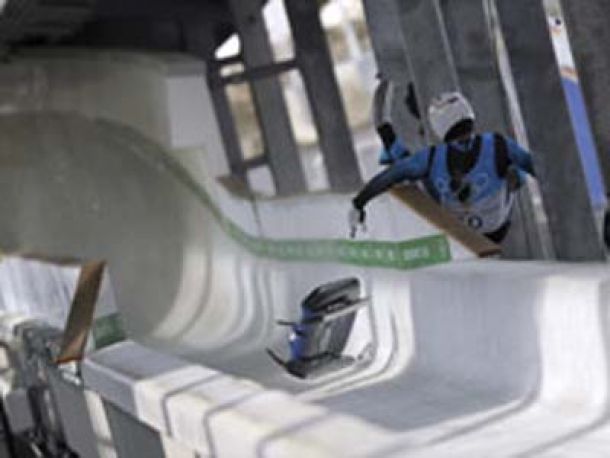News
Danger, winter sports evolve neck-and-neck, experts say
By: cnn.comPosted On: 02/16/2010 11:03 A

Tweet
Changes to the Winter Olympics have raised questions about safety, but experts say the games' transformations mark a natural evolution rather than an attempt to make competitions more dangerous and exciting.







